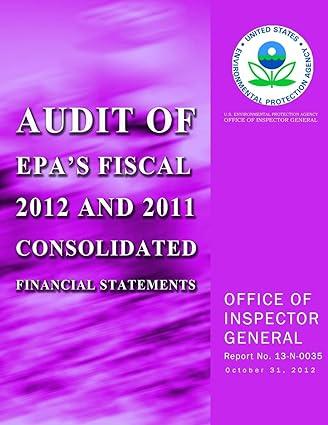Answered step by step
Verified Expert Solution
Question
1 Approved Answer
Knickknack, Inc., manufactures two products: odds and ends. The firm uses a single, plantwide overhead rate based on direct-labor hours. Production and product-costing data are
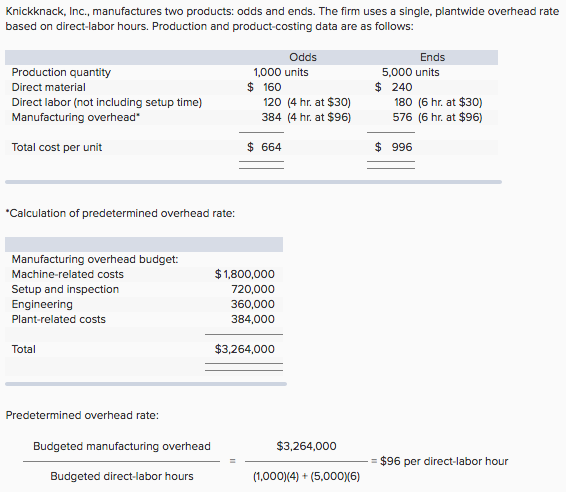
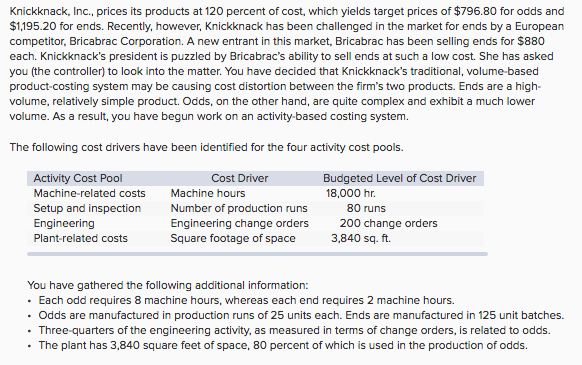
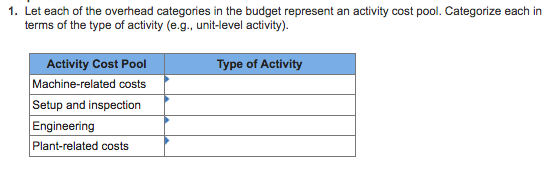
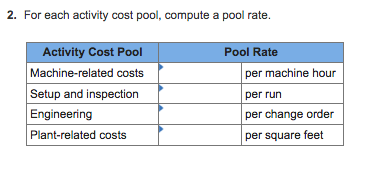


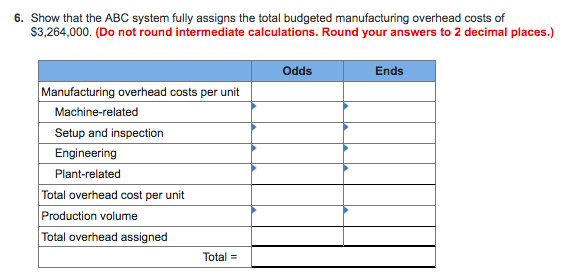

Knickknack, Inc., manufactures two products: odds and ends. The firm uses a single, plantwide overhead rate based on direct-labor hours. Production and product-costing data are as follows: Odds Ends Production quantity Direct material Direct labor (not including setup time) Manufacturing overhead 1,000 units $ 160 5,000 units $ 240 120 (4 hr. at $30) 384 (4 hr. at $96) 180 (6 hr. at $30) 576 (6 hr. at $96) Total cost per unit 664 $ 996 Calculation of predetermined overhead rate Manufacturing overhead budget: Machine-related costs Setup and inspection Engineering Plant-related costs $1,800,000 720,000 360,000 384,000 Total $3,264,000 Predetermined overhead rate Budgeted manufacturing overhead $3,264,000 -$96 per direct-labor hour Budgeted direct-labor hours 1,0004) (5,000X6) Knickknack, Inc., prices its products at 120 percent of cost, which yields target prices of $796.80 for odds and $1,195.20 for ends. Recently, however, Knickknack has been challenged in the market for ends by a European competitor, Bricabrac Corporation. A new entrant in this market, Bricabrac has been selling ends for $880 each. Knickknack's president is puzzled by Bricabrac's ability to sell ends at such a low cost. She has asked you (the controller) to look into the matter. You have decided that Knickknack's traditional, volume-based product-costing system may be causing cost distortion between the firm's two products. Ends are a high- volume, relatively simple product. Odds, on the other hand, are quite complex and exhibit a much lower volume. As a result, you have begun work on an activity-based costing system. The following cost drivers have been identified for the four activity cost pools. Activity Cost Pool Machine-related costs Setup and inspection Engineering Plant-related costs Cost Driver Budgeted Level of Cost Driver 18,000 hr. Machine hours Number of production runs Engineering change orders Square footage of spaco 80 runs 200 change orders 3,840 sq. ft. You have gathered the following additional information: . Each odd requires 8 machine hours, whereas each end requires 2 machine hours. .Odds are manufactured in production runs of 25 units each. Ends are manufactured in 125 unit batches. Three-quarters of the engineering activity, as measured in terms of change orders, is related to odds. The plant has 3,840 square feet of space, 80 percent of which is used in the production of odds. 1. Let each of the overhead categories in the budget represent an activity cost pool. Categorize each in terms of the type of activity (e.g., unit-level I activity). Activity Cost Pocl Machine-related costs Setup and inspection Engineering Plant-related costs Type of Activity 2. For each activity cost pool, compute a pool rate. Activity Cost Pool Machine-related costs Setup and inspection Engineering Plant-related costs Pool Rate per machine hour per run per square feet 3. Determine the unit cost, for each activity cost pool, for odds and ends. (Do not round intermediate calculations. Round "Plant-related costs" to 2 decimal places.) Odds Ends Machine-related costs Setup and inspection Engineering Plant-related costs per unit per unit per unit per unit per unit per unit per unit per unit 4. Compute the new product cost per unit for odds and ends, using the ABC system. (Do not round intermediate calculations. Round your answers to 2 decimal places.) Odds Ends Total cost per unit 6. Show that the ABC system fully assigns the total budgeted manufacturing overhead costs of $3,264,000. (Do not round intermediate calculations. Round your answers to 2 decimal places.) Odds Ends Manufacturing overhead costs per unit Machine-relatec Setup and inspection Plant-related Total overhead cost per unit Production volume Total overhead assigned Total 7. Calculate the total amount of product cost distortion for entire product line caused by Knickknack's traditional, volume-based costing system? (Refer to Exhibit 5-10 for guidance.) (Round your intermediate calculations to 2 decimal places. Negative amount should be indicated by a minus sign.) Odds Ends Total amount of cost distortion
Step by Step Solution
There are 3 Steps involved in it
Step: 1

Get Instant Access to Expert-Tailored Solutions
See step-by-step solutions with expert insights and AI powered tools for academic success
Step: 2

Step: 3

Ace Your Homework with AI
Get the answers you need in no time with our AI-driven, step-by-step assistance
Get Started


